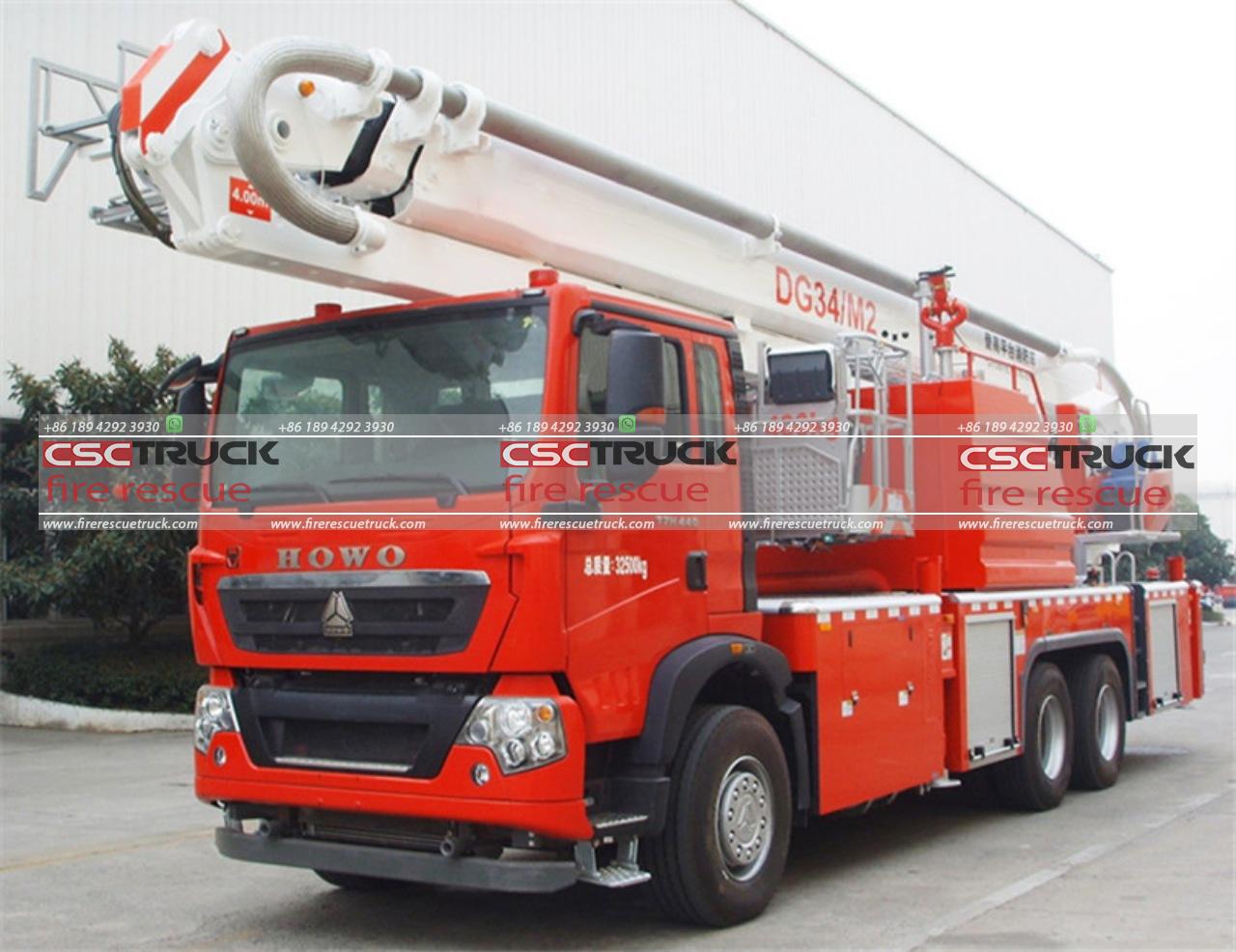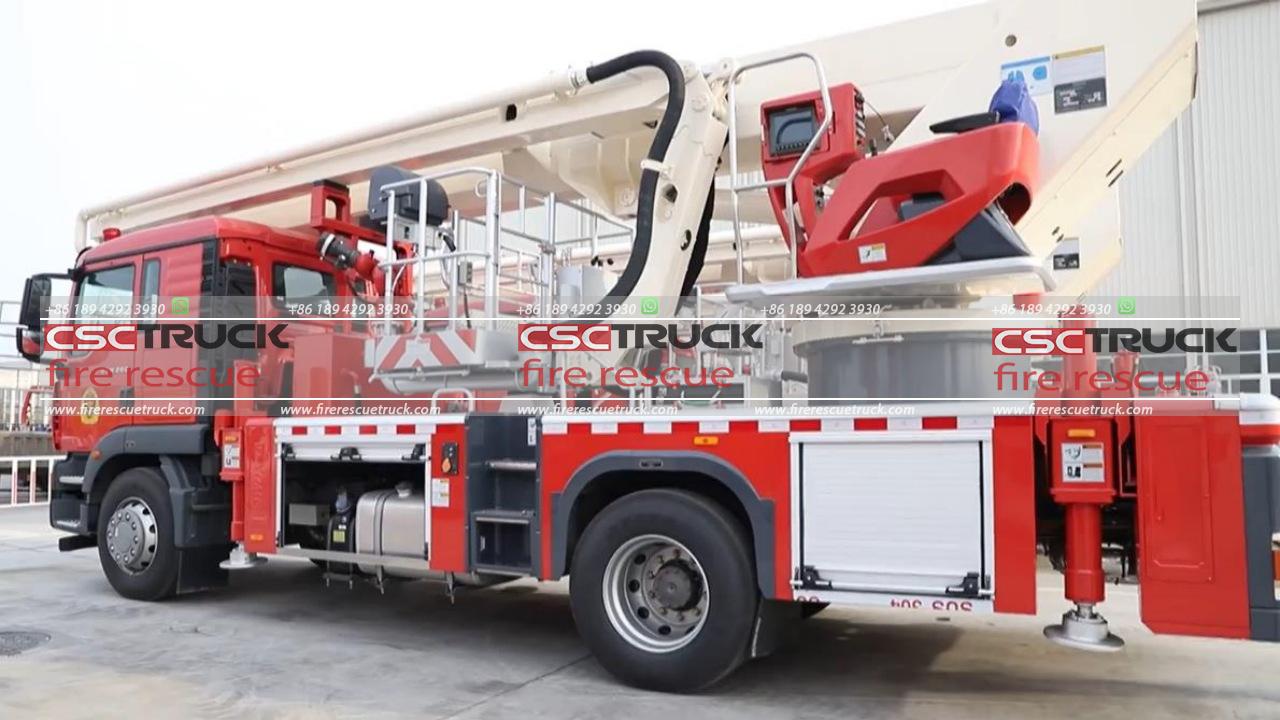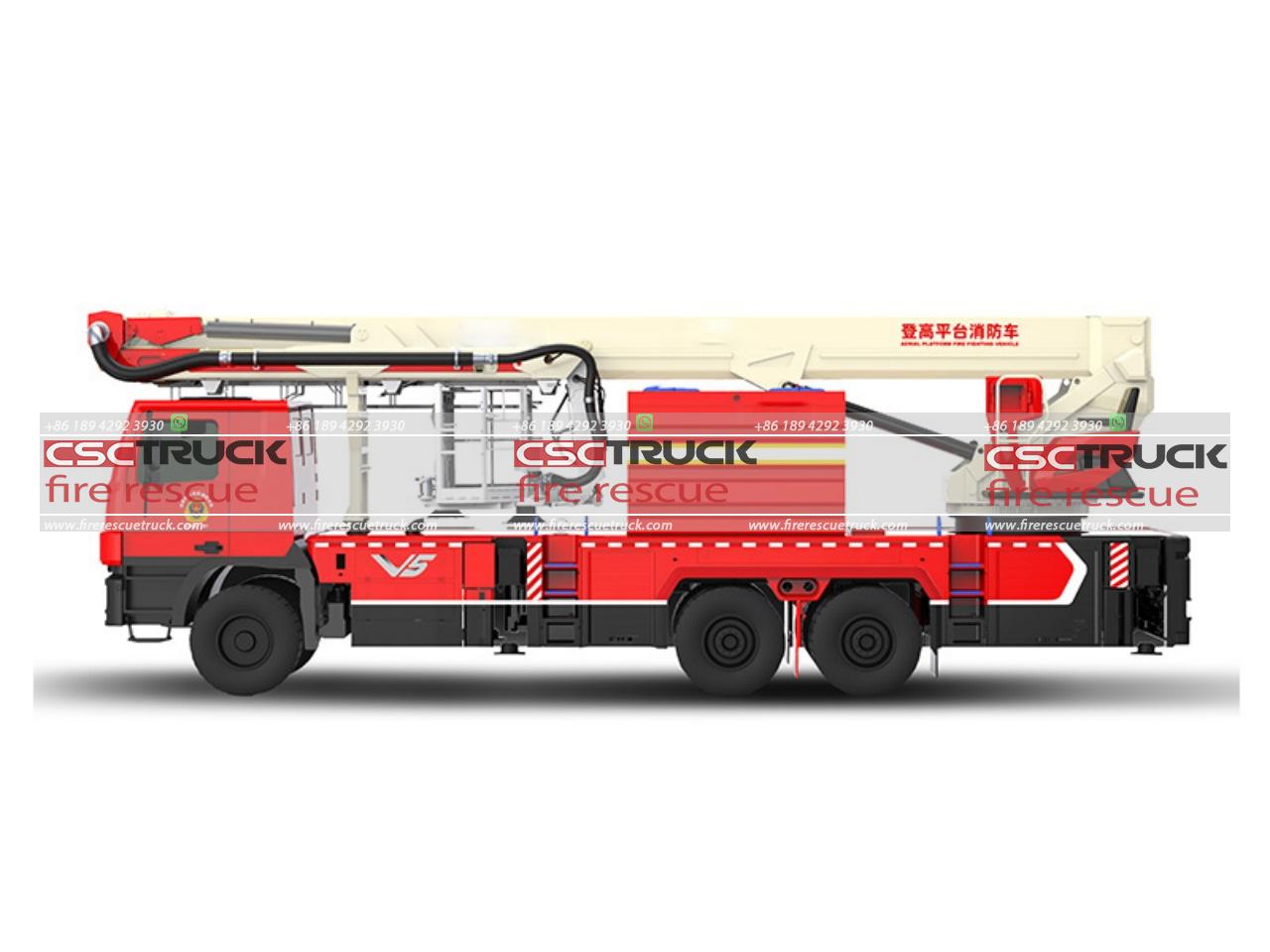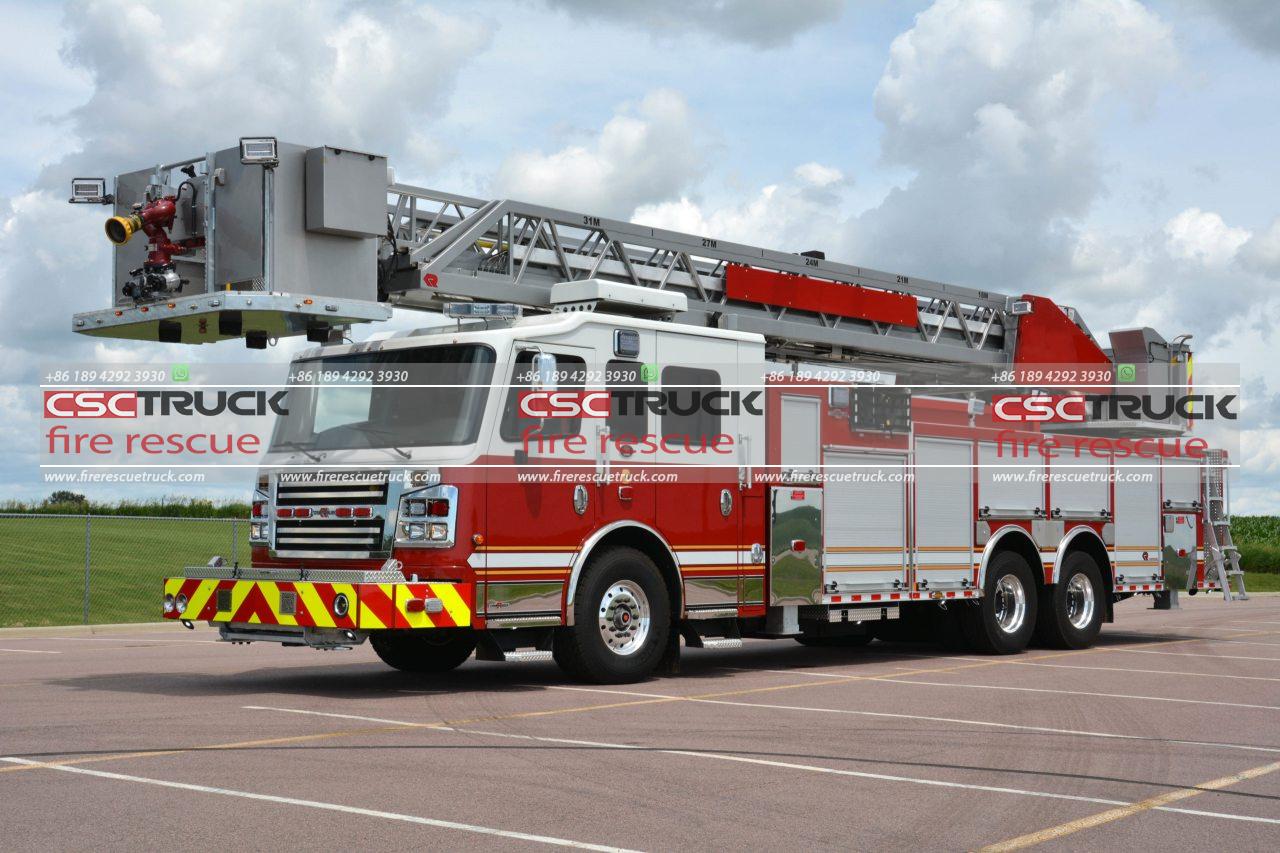Platform Fire Truck: Innovative Platform Fire Trucks for Versatile Firefighting
In the world of firefighting, the tools and technology used can mean the difference between life and death, between saving property and complete devastation. One of the most significant advancements in modern firefighting equipment is the platform fire truck, also known as an aerial platform or platform ladder truck. These vehicles are designed to provide versatile and efficient solutions to complex firefighting scenarios, combining the capabilities of traditional fire engines with advanced aerial operations. This article explores the innovative aspects of platform fire trucks and their versatile applications in firefighting.
Evolution of Firefighting Vehicles
The evolution of firefighting vehicles has been marked by continuous innovation aimed at enhancing the effectiveness and safety of firefighting operations. From the early horse-drawn steam engines to the motorized pumpers of the 20th century, fire trucks have evolved to meet the growing demands of urbanization and complex fire scenarios. The introduction of the platform fire truck represents a significant leap in this evolution, offering a blend of traditional firefighting capabilities and advanced aerial access.

What is a Platform Fire Truck?
A platform fire truck is a specialized firefighting vehicle equipped with a large extendable arm, known as an aerial platform or ladder, which can be raised and maneuvered to reach high places. These trucks are essential for firefighting operations in multi-story buildings, industrial complexes, and other scenarios where height and reach are crucial. The platform can carry firefighters, water hoses, and other equipment, allowing for both rescue operations and direct firefighting from elevated positions.
Key Features and Innovations
1. Versatile Aerial Platforms: One of the standout features of platform fire trucks is their versatile aerial platforms. These platforms can extend to significant heights, often exceeding 100 feet, and can rotate and tilt to reach difficult angles. This versatility is crucial in urban environments where buildings vary in height and design.
2. Integrated Water Systems: Modern platform fire trucks are equipped with integrated water delivery systems. These systems include powerful pumps and water tanks, allowing firefighters to direct water streams from elevated positions. Some platforms also feature pre-piped waterway systems that can deliver water directly to the platform’s nozzle, enhancing efficiency and reducing setup time.
3. Advanced Control Systems: Technological advancements have led to the development of sophisticated control systems for platform fire trucks. These systems include joysticks, touchscreens, and remote controls that allow operators to precisely control the movement of the aerial platform. This precision is critical in navigating tight spaces and ensuring the safety of both firefighters and those being rescued.
4. Safety Enhancements: Safety is a paramount concern in firefighting, and platform fire trucks incorporate numerous safety features. These include stability control systems, load sensors, and automatic leveling mechanisms that ensure the platform remains stable even in challenging conditions. Additionally, many platforms are equipped with harness points and safety rails to secure firefighters during operations.
5. Multi-Functionality: Beyond firefighting, platform fire trucks are designed for multi-functional use. They are equipped to handle rescue operations, ventilation tasks, and even lighting for nighttime operations. This multi-functionality makes them invaluable assets in various emergency scenarios, from fires to natural disasters.

Applications in Modern Firefighting
The innovative features of platform fire trucks translate into a wide range of applications in modern firefighting. Here are some key scenarios where these vehicles prove indispensable:
1. High-Rise Building Fires: One of the most challenging firefighting scenarios is a fire in a high-rise building. Traditional fire engines often struggle to reach the upper floors, making platform fire trucks essential. The extendable platforms allow firefighters to reach higher floors quickly, enabling them to rescue trapped occupants and deliver water directly to the source of the fire.
2. Industrial Fires: Industrial complexes, with their large areas and complex structures, present unique challenges. Platform fire trucks can navigate these environments, providing elevated access to different parts of the facility. The integrated water systems can deliver large volumes of water to control fires in factories, warehouses, and chemical plants.
3. Rescue Operations: In addition to firefighting, platform fire trucks play a crucial role in rescue operations. They can be used to evacuate people from the upper floors of burning buildings, as well as from other hazardous situations such as floods or structural collapses. The stability and reach of the platforms ensure safe and efficient rescues.
4. Wildland-Urban Interface Fires: As urban areas expand into wildlands, the risk of wildfires impacting communities increases. Platform fire trucks can be deployed to protect structures on the wildland-urban interface, providing elevated water streams to control the spread of fire and safeguard homes and infrastructure.
5. Disaster Response: Platform fire trucks are also valuable in disaster response scenarios. Their ability to carry out various tasks, including debris removal, lighting, and victim extraction, makes them versatile tools in the aftermath of natural disasters such as earthquakes, hurricanes, and floods.
Case Studies
To illustrate the impact of platform fire trucks, let’s consider a few case studies:
1. The Grenfell Tower Fire: During the tragic Grenfell Tower fire in London, platform fire trucks played a crucial role in the rescue operations. The extendable platforms allowed firefighters to reach higher floors, assisting in evacuating residents and delivering water to the fire’s upper levels.
2. Industrial Fire in Houston: In an industrial fire in Houston, platform fire trucks were instrumental in controlling the blaze. The ability to deliver large volumes of water from elevated positions helped prevent the fire from spreading to adjacent facilities, minimizing damage and potential hazards.
3. Wildfire in California: During a wildfire in California, platform fire trucks were deployed to protect residential areas on the wildland-urban interface. The elevated platforms provided strategic vantage points for firefighters to control the fire’s advance and protect homes from ignition.

Conclusion
Platform fire trucks represent a significant advancement in firefighting technology, offering versatility, efficiency, and enhanced safety for firefighters and the communities they protect. Their innovative features and multi-functional capabilities make them indispensable tools in modern firefighting, capable of addressing a wide range of scenarios from high-rise building fires to disaster response. As urbanization continues and fire risks evolve, the importance of platform fire trucks in ensuring effective and adaptable firefighting operations cannot be overstated. These vehicles stand as a testament to the ongoing commitment to innovation and excellence in the field of firefighting.







